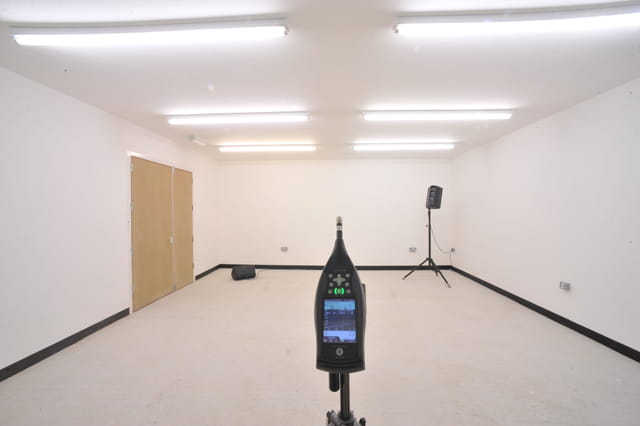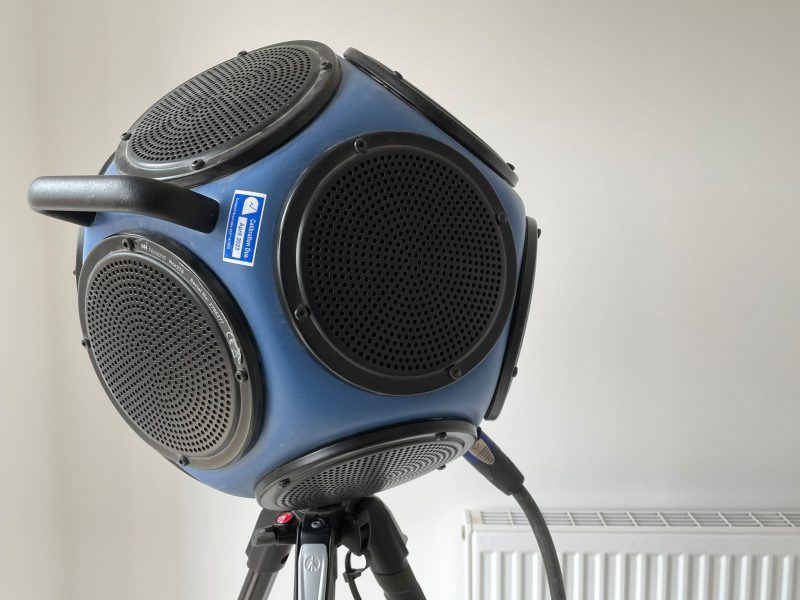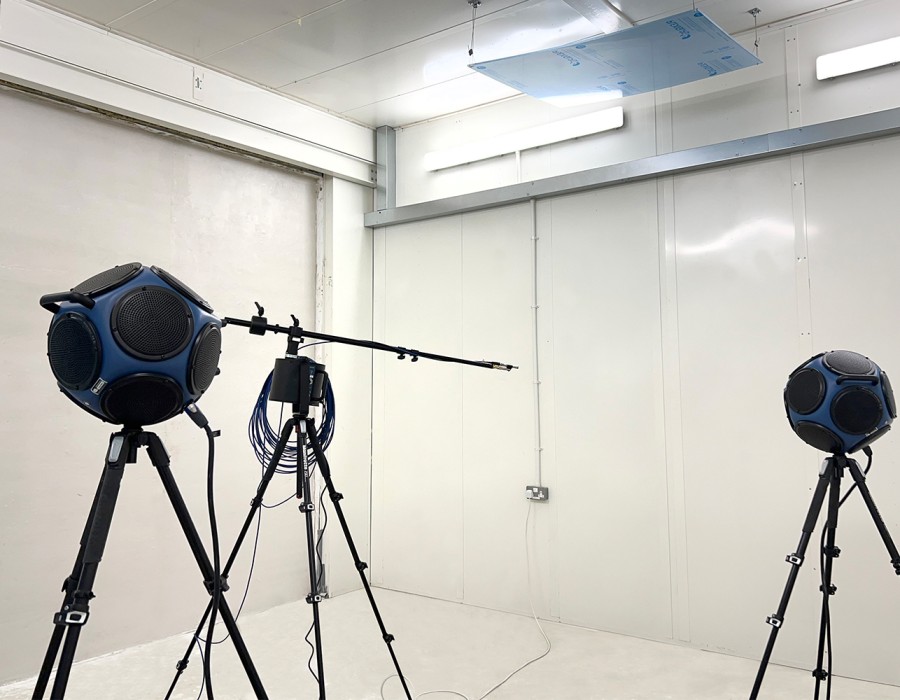Acoustic testing technology has come a long way since its inception, revolutionizing how we measure and analyze sound. From the early days of simple sound meters to the sophisticated systems used today, the evolution of acoustic testing technology has been instrumental in improving the quality of products and environments. This article explores the journey of acoustic testing technology, highlighting key advancements and innovations that have shaped the field.

👉🌟The Early Days: Introduction to Acoustic Testing
Acoustic testing, also known as sound testing or noise testing, is the process of measuring and analyzing sound to evaluate its characteristics and impact. The origins of acoustic testing can be traced back to the late 19th century when the first sound measuring devices were developed. These early devices, such as sound level meters, laid the foundation for the field of acoustic testing and paved the way for future advancements.
👉🌟Key Points:
- Early sound measuring devices were basic and limited in their capabilities.
- Sound level meters were one of the first tools used for acoustic testing.
- The development of these devices marked the beginning of modern acoustic testing technology.
👉🌟Advancements in Acoustic Testing Technology
Over the years, acoustic testing technology has seen significant advancements, driven by advancements in electronics, software, and engineering. These advancements have led to the development of more accurate, reliable, and versatile tools for measuring and analyzing sound. From advanced sound level meters to sophisticated acoustic cameras, the evolution of acoustic testing technology has transformed the way we assess and manage sound.
👉🌟Key Points:
- Advancements in electronics have led to more precise and sensitive sound measuring devices.
- Software developments have enabled complex data analysis and visualization.
- Engineering innovations have resulted in the creation of new tools and technologies for acoustic testing.

👉🌟Modern Applications of Acoustic Testing
Today, acoustic testing technology is used in a wide range of applications across various industries. From testing the noise levels of machinery in manufacturing plants to assessing the sound quality of concert halls and auditoriums, acoustic testing plays a crucial role in ensuring compliance with regulations and standards, as well as optimizing the acoustics of spaces and products.
👉🌟Key Points:
- Acoustic testing is used in automotive, aerospace, construction, and entertainment industries, among others.
- It is employed to evaluate noise pollution, monitor occupational exposure to noise, and improve sound quality in buildings.
- Acoustic testing is integral to product development, quality control, and environmental monitoring.
👉🌟The Future of Acoustic Testing Technology
Looking ahead, the future of acoustic testing technology holds exciting possibilities. As technology continues to advance, we can expect to see even more sophisticated tools and techniques for measuring and analyzing sound. From artificial intelligence-driven algorithms to innovative sensor technologies, the future of acoustic testing promises to revolutionize how we interact with sound in the years to come.
👉🌟Key Points:
- Emerging technologies like machine learning and IoT are being integrated into acoustic testing systems.
- Future advancements may focus on real-time monitoring, predictive analytics, and virtual acoustics.
- The integration of acoustic testing with other sensing technologies could lead to new applications and capabilities.
To acquire more information about acoustic testing, then you may browse this site.

👉🌟Conclusion
The evolution of acoustic testing technology has been a remarkable journey, marked by continuous innovation and advancements. From humble beginnings to cutting-edge solutions, acoustic testing technology has played a vital role in shaping our understanding of sound and its impact on our lives. As we look to the future, the possibilities for acoustic testing technology are endless, promising new insights, applications, and opportunities for improvement.





Comments